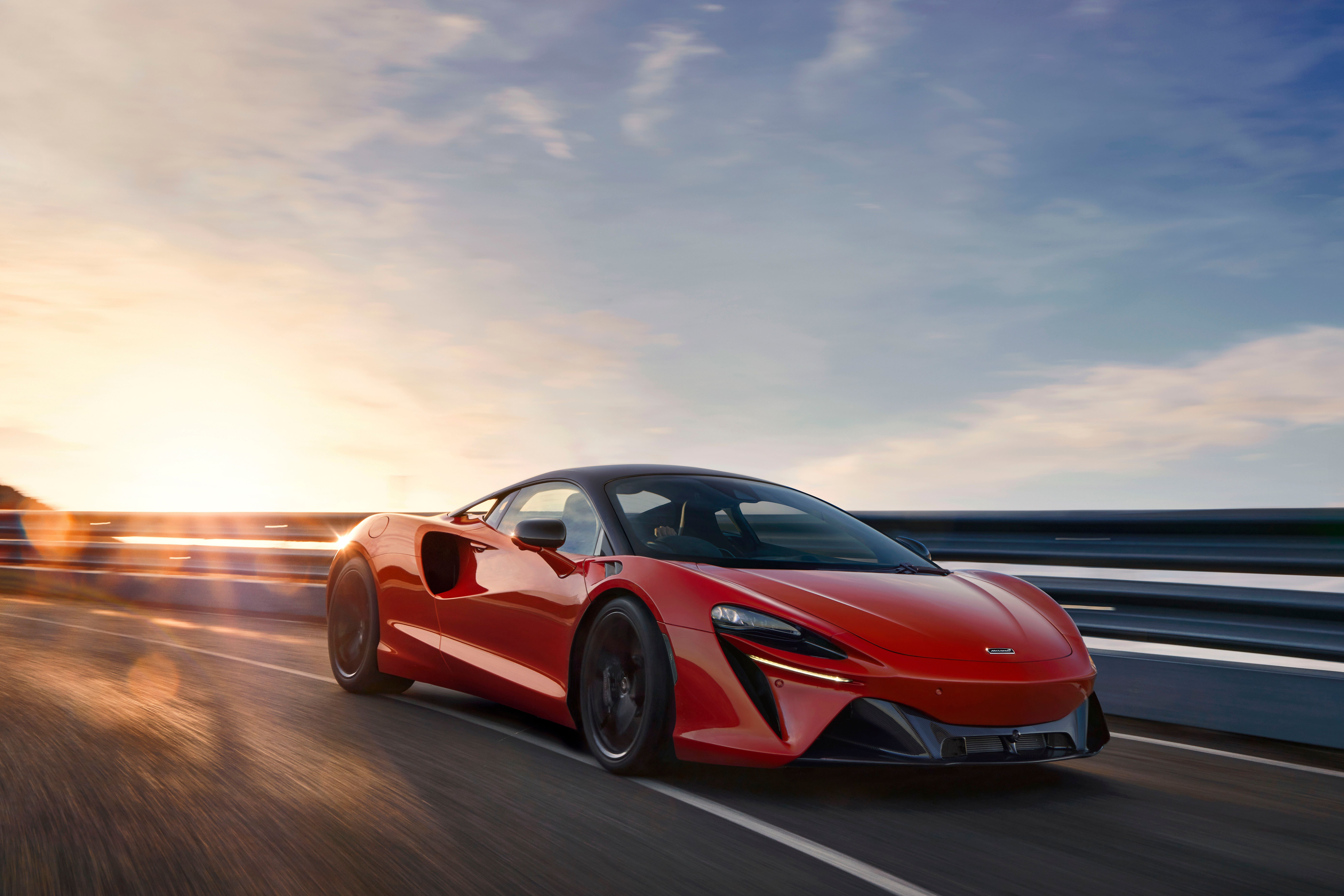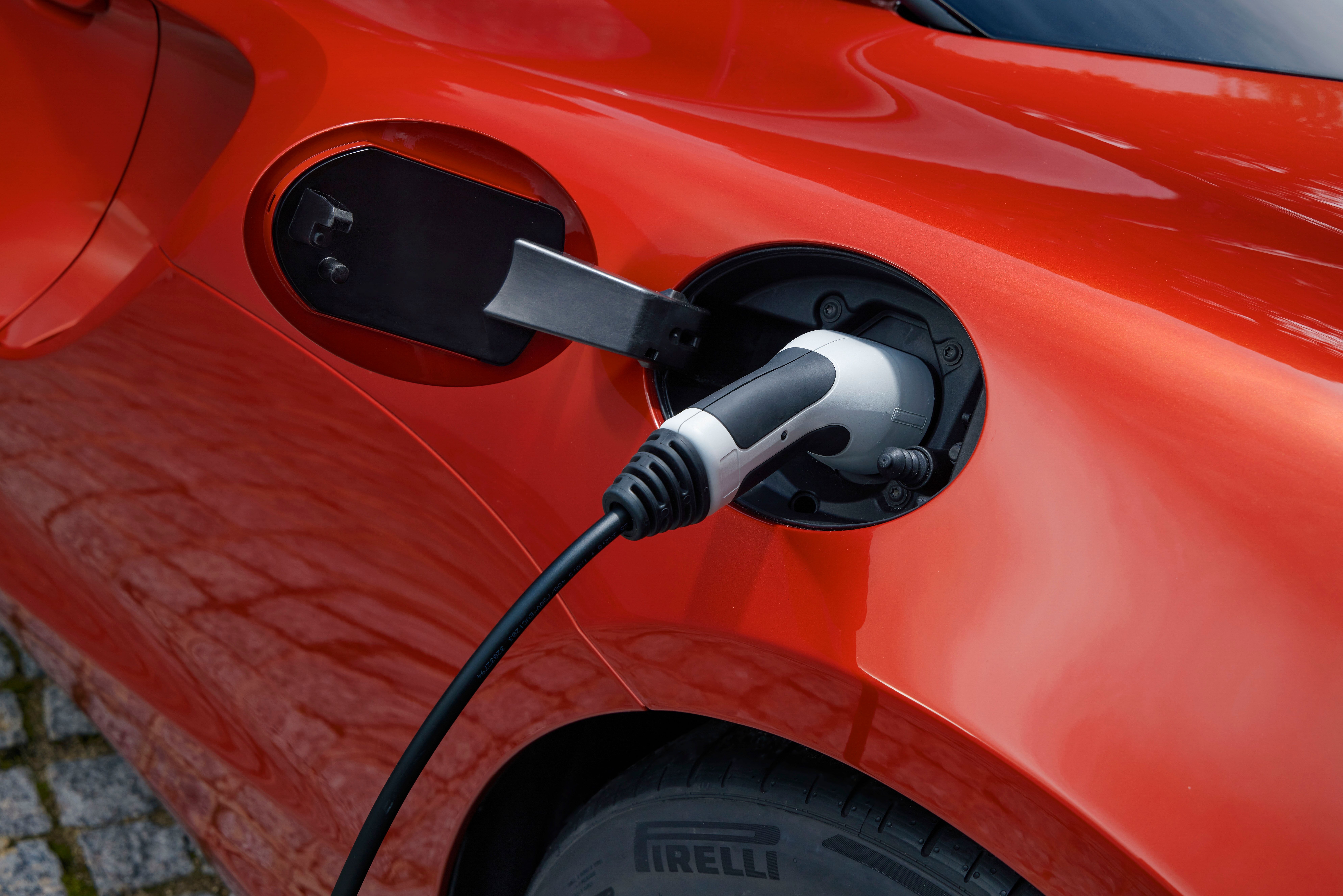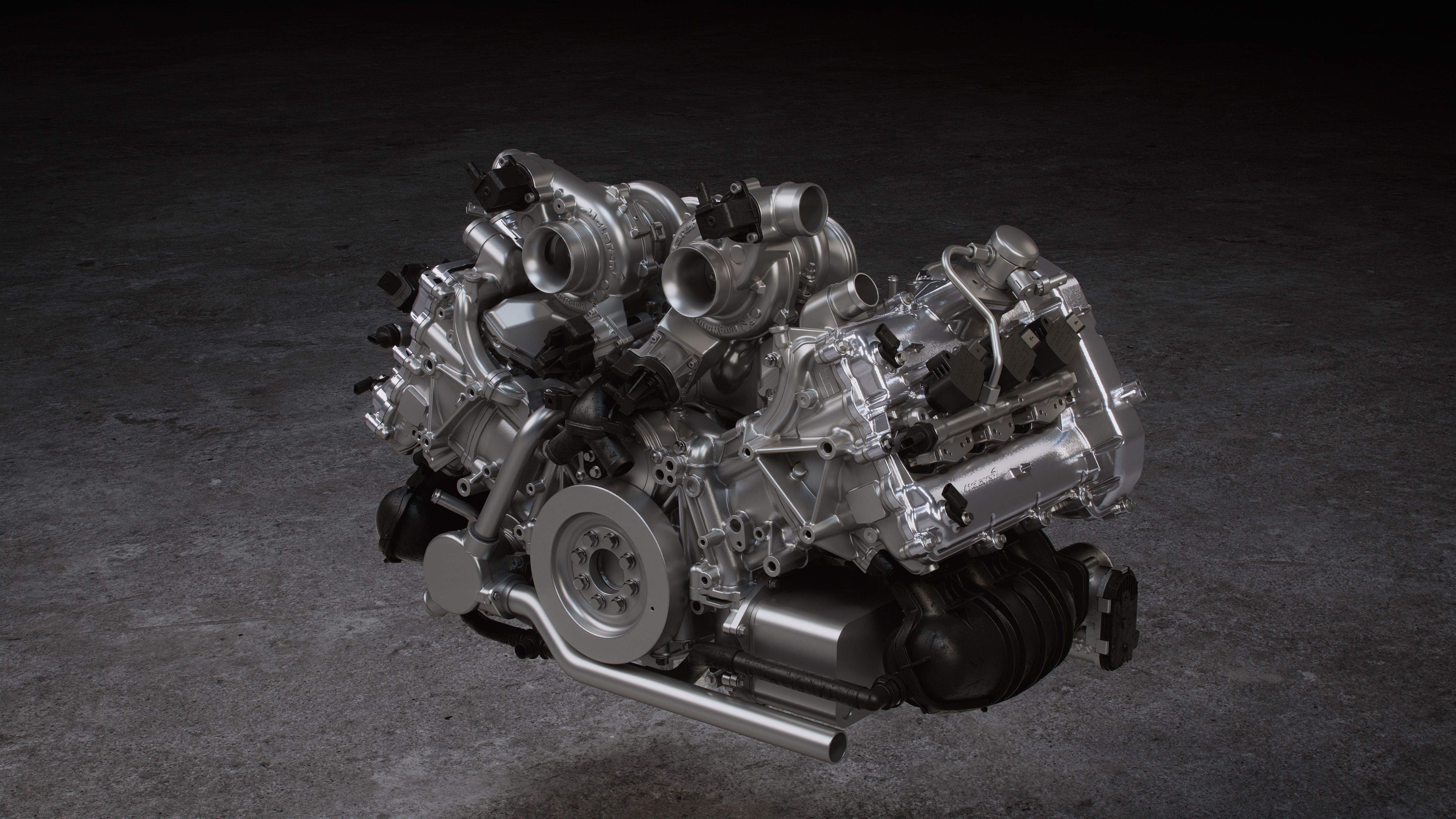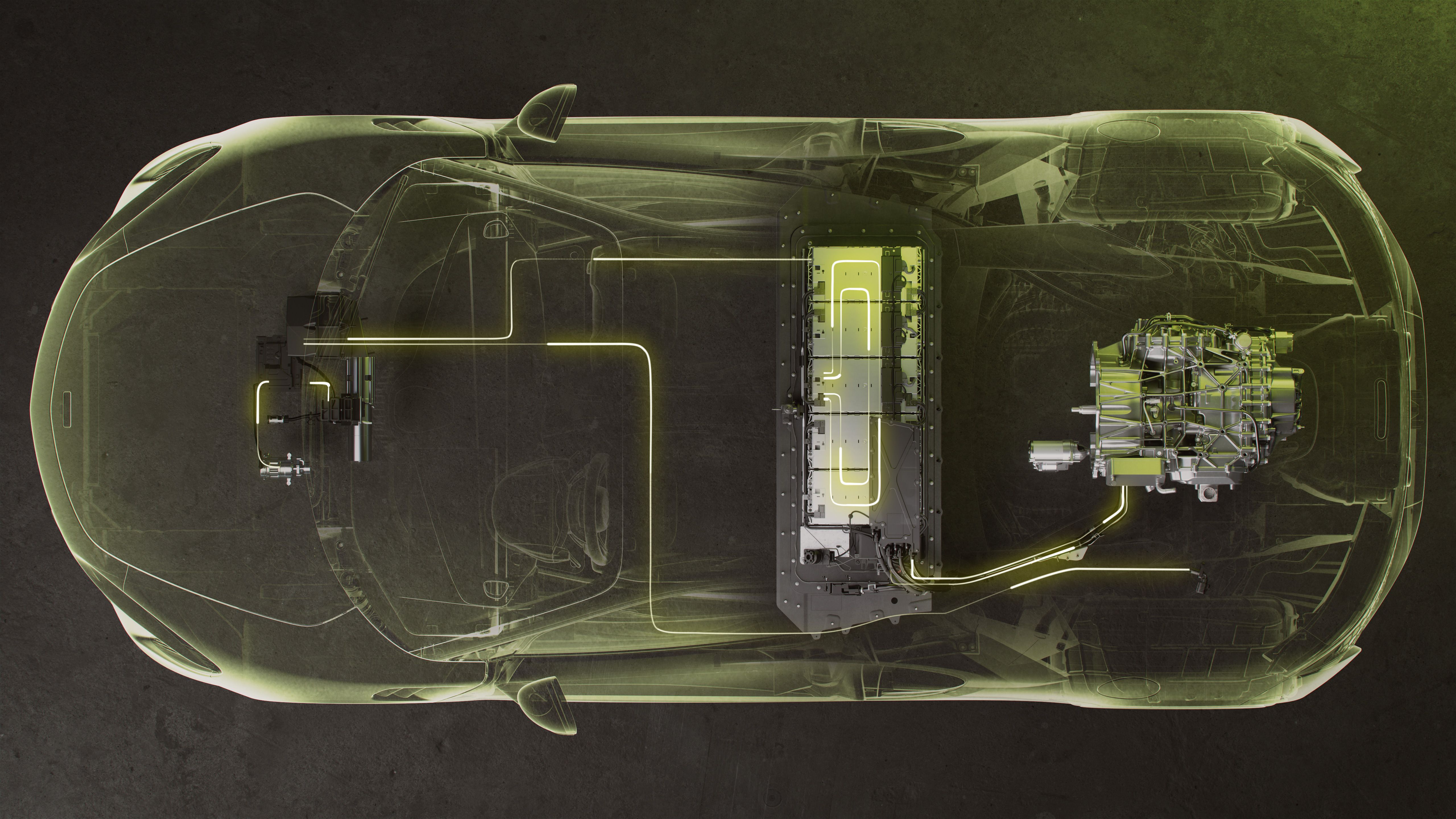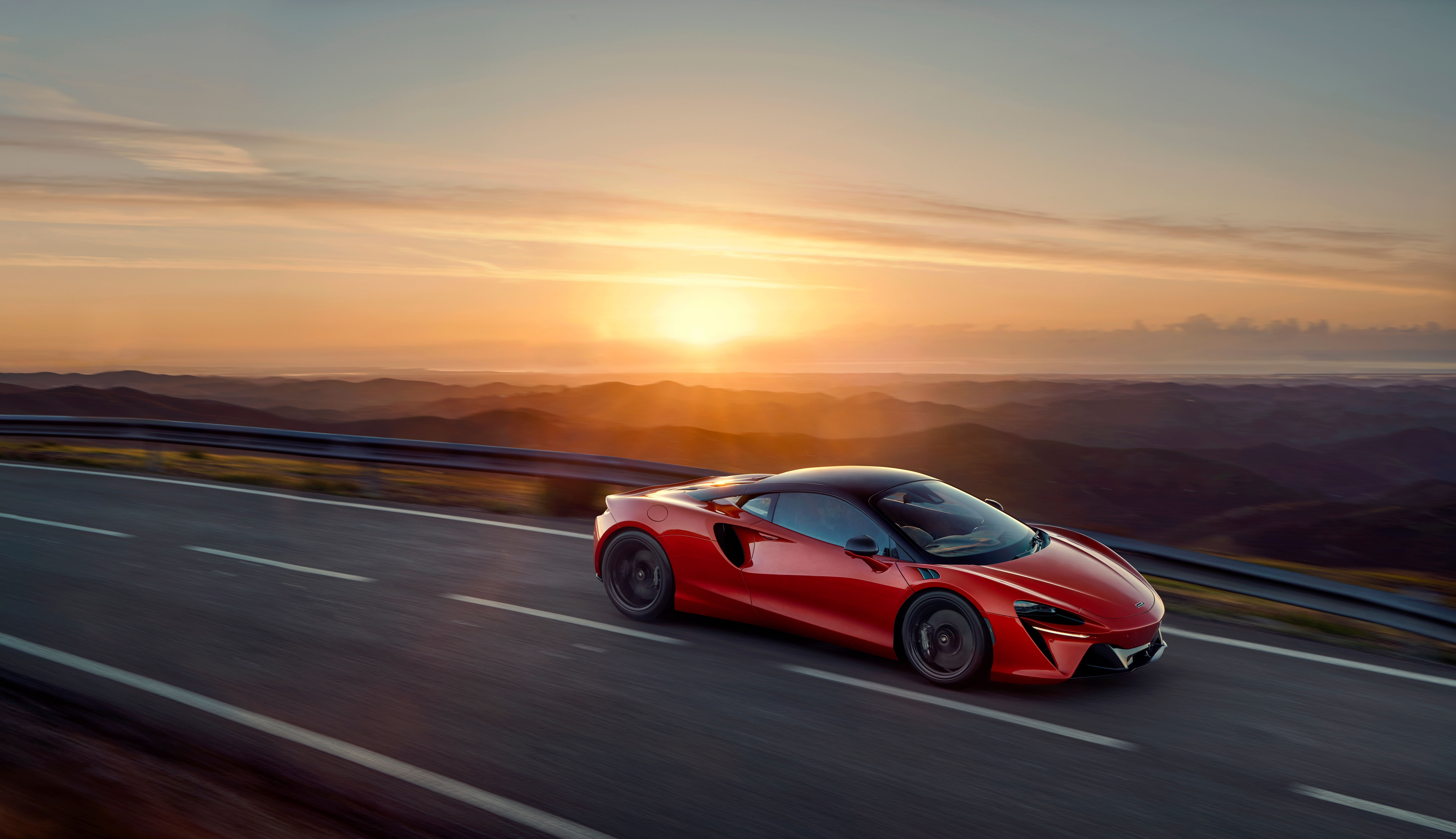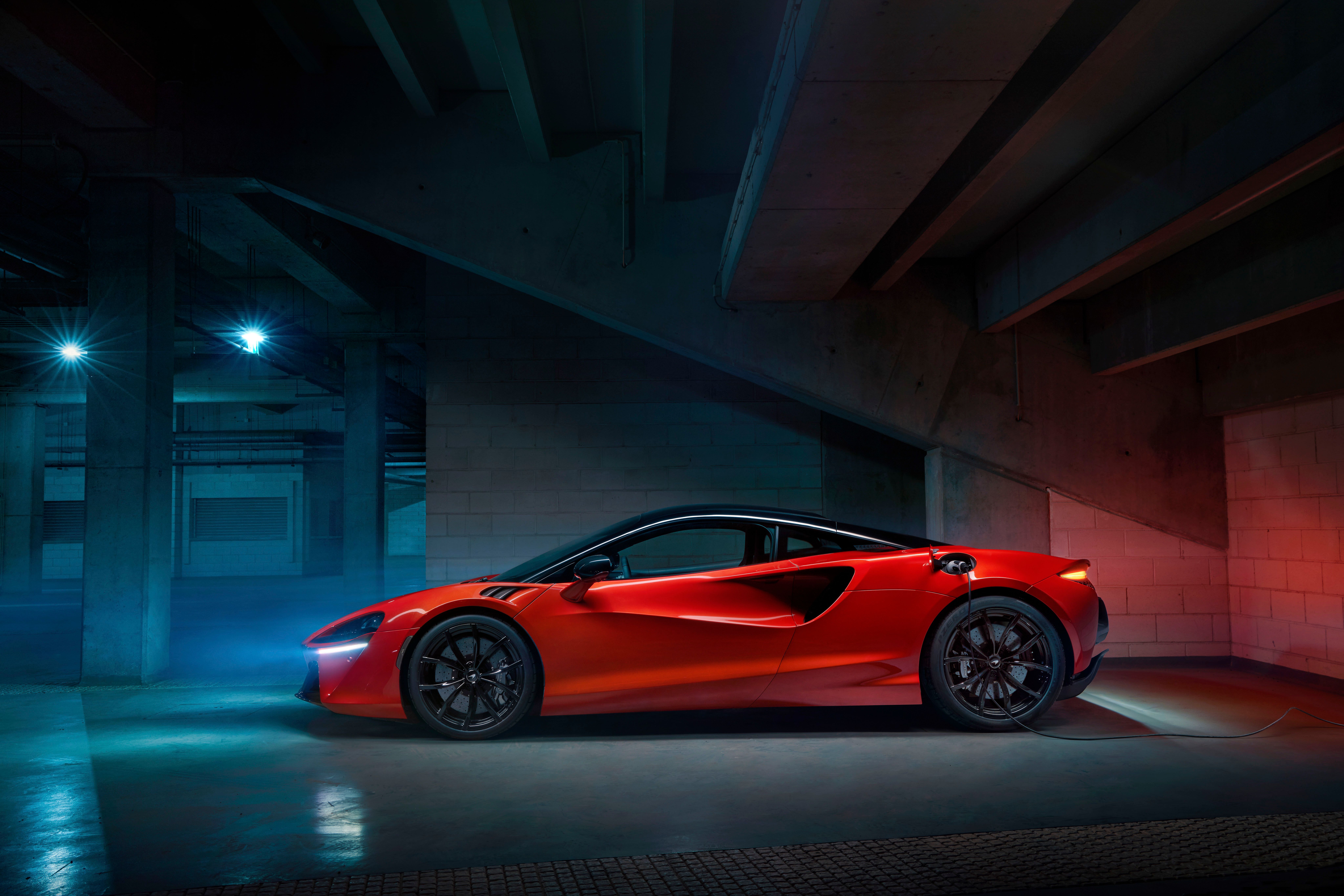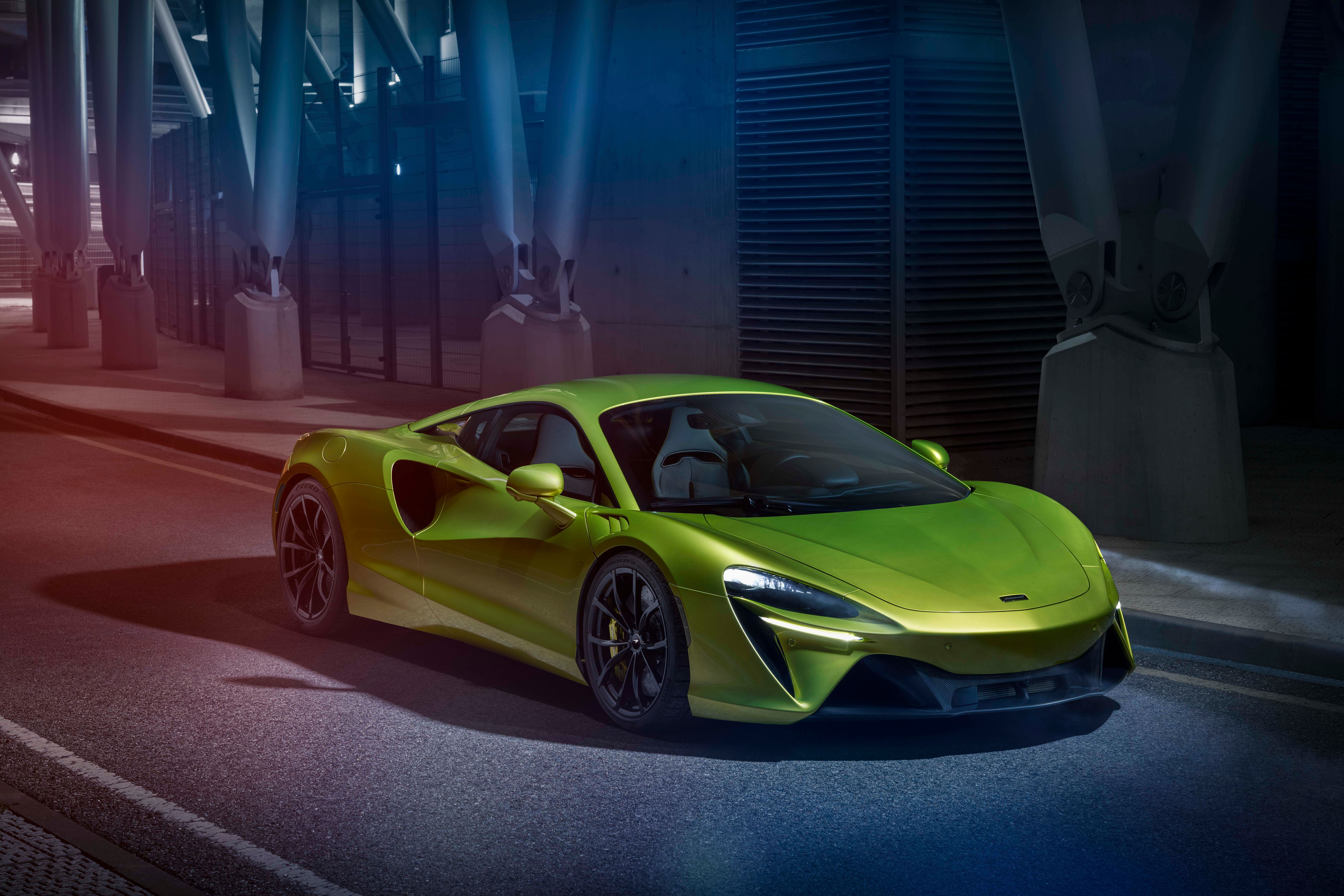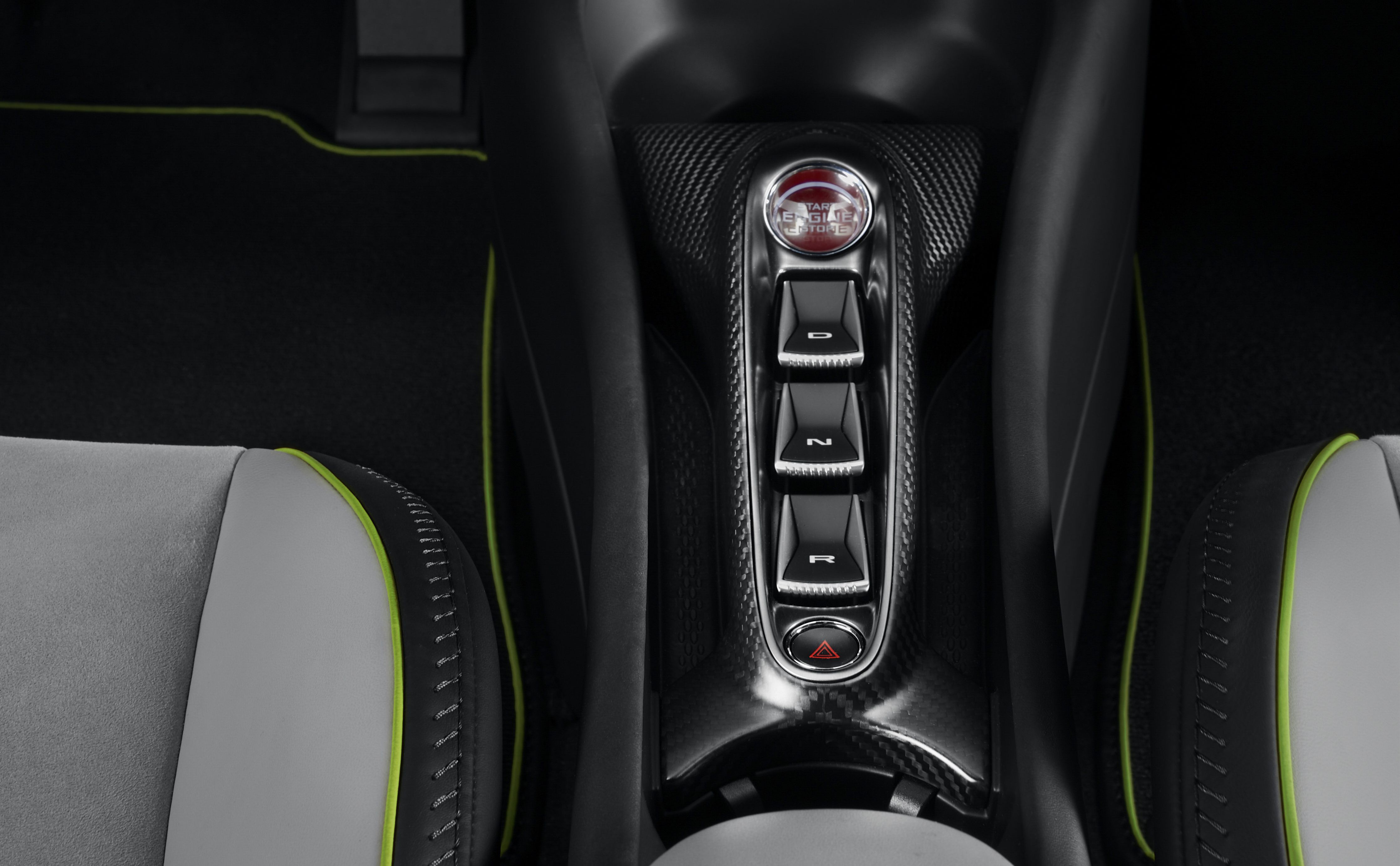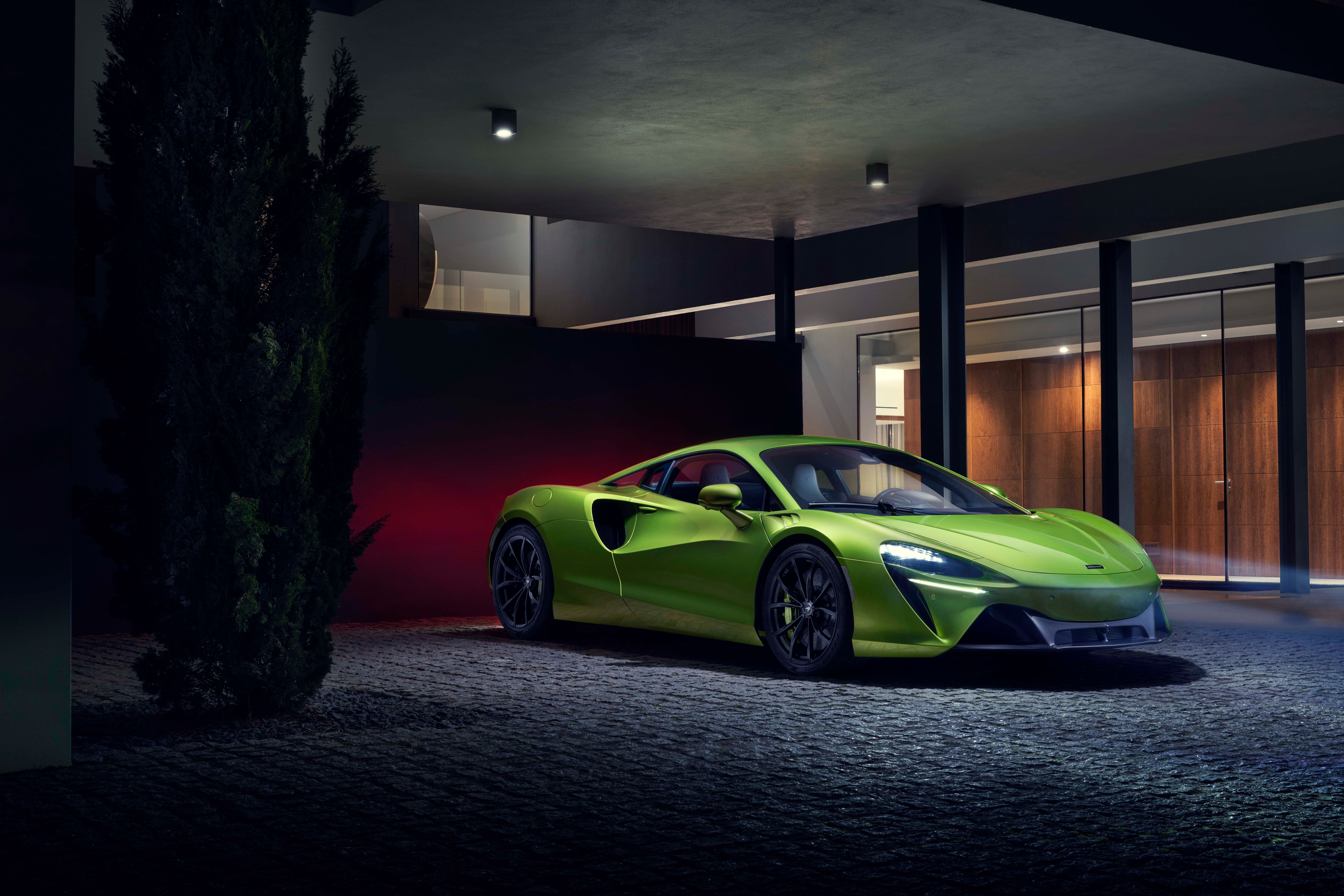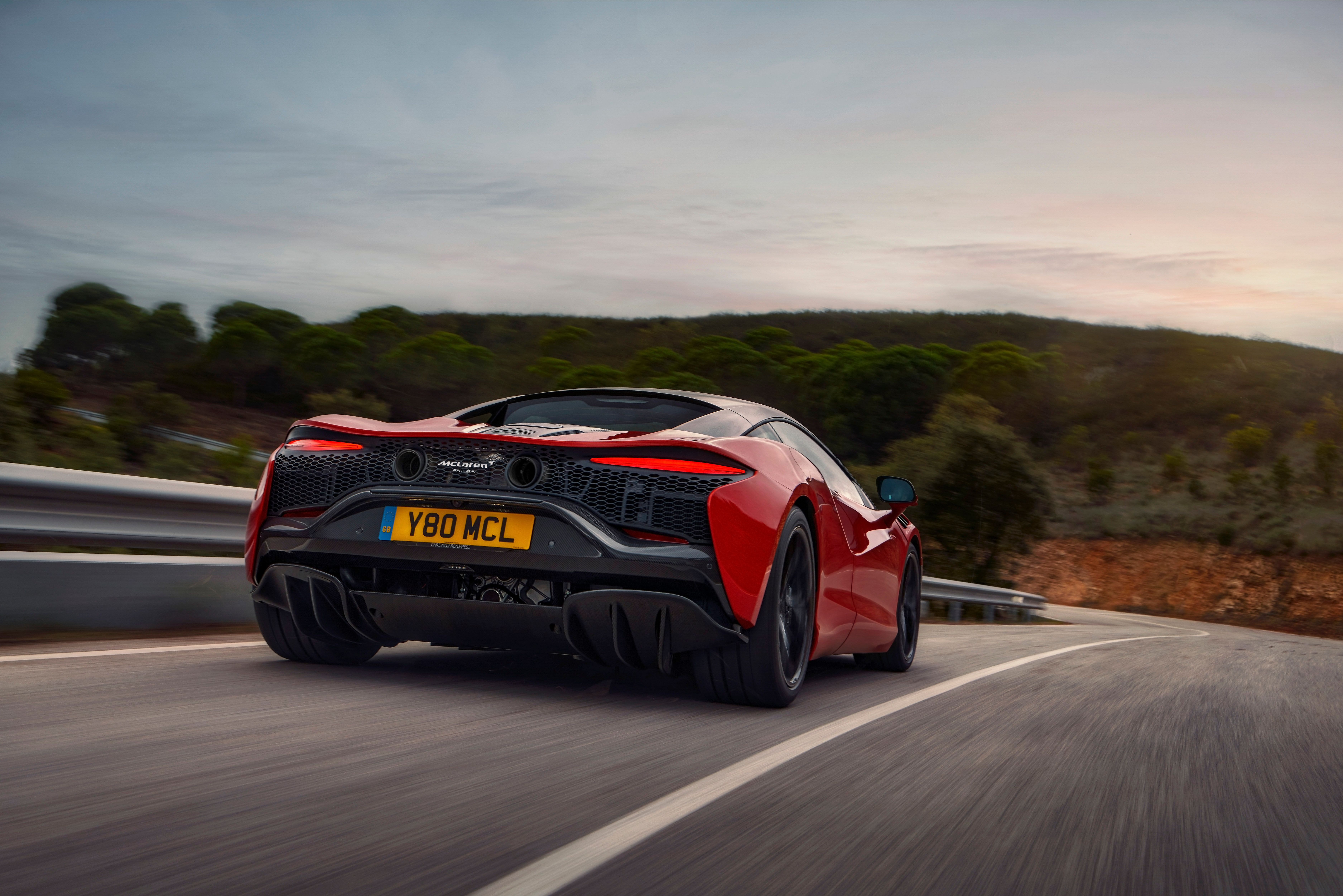For a while, McLaren was a bit of a wild card in the automotive industry. Almost 30 years ago, they gave us the F1, which was the fastest production car for over a decade. After that, they went quiet. This of course changed around 2010 when they announced their first supercar for the century – the MP4-12C. This was the beginning of McLaren’s offensive and cars like the 650S, 600LT, and 720S were spawned. Now, McLaren gives us the Artura and it’s a bit different than the others. Here’s what you need to know.
It’s McLaren’s first PHEV
The world of hybridization and electric powertrains gradually extends over the supercar segment. With this model, the brand marks another step towards electrification. Although it’s not their first hybrid – that title goes to the P1 – the Artura is the first McLaren that can be plugged in and charged.
It ditches the twin-turbo V-8
McLaren’s capable V-8 unit is not going to power the Artura. Instead, most of the power will come from the new M630 unit. As the name suggests, it’s a 3.0-liter V-6, with a 120-degree V-angle and two symmetric turbos positioned between the V. There’s also a chimney, which extracts hot air from the hot-V. The engine alone produces 577 horsepower (430 kW) and 431 pound-feet (584 Nm) and can rev up to 8,500 RPM.
|
Engine |
3.0-liter V-6 |
|---|---|
|
Horsepower |
577 HP |
|
Torque |
431 LB-FT @ 8,500 RPM |
It has a cleverly-packaged hybrid drivetrain
That V-6 we mentioned is part of McLaren’s efforts to save weight. More on that in a bit. The V-6 is 8.7 inches (221 mm) narrower than the old V-8, despite its wider V-angle. Not only that, but the V-6 is also 5.9 inches (150 mm) shorter than the V-8. There’s a new dual-clutch automatic gearbox, which now has eight gears, instead of seven. The new gearbox is 1.6 inches (40 mm) shorter than the old one. The Artura features an axial-flux motor, as opposed to the more common radial flux design, found in the P1. The axial-flux unit is small enough to be located in the gearbox’s bell housing. It weighs just 34 pounds (15.4 kg) or more than twice as less as the radial flux motor in the P1.
The performance specs!
We know you want numbers, so here they are. The drivetrain’s total output is 671 horsepower (500 kW) and 531 pound-feet (720 Nm). The electric motor alone makes 94 horsepower and 166 pound-feet but after 15 seconds of full-throttle it drops down to 49 horsepower. Regardless, the car is good for a 0-62 mph (100 km/h) time of 3.0 seconds and a top speed of 205 mph (330 km/h). Power goes to the rear wheels only, through the new eight-speed dual-clutch transmission. The engine features an under square design with a 3.3-inch (84 mm) bore and a 3.54-inch (90 mm) stroke.
McLaren Artura performance specs
|
0-97km/h (0-60mph) |
3.0 seconds* |
|---|---|
|
0-100km/h (0-62mph) |
3.0 seconds* |
|
0-200km/h (0-124mph) |
8.3 seconds* |
|
0-300km/h (0-186mph) |
21.5 seconds* |
|
0-400m / ¼ mile |
10.7 seconds* |
|
Maximum speed |
330km/h (205 mph) – electronically limited |
|
200-0km/h (124mph-0) braking, metres (ft) |
126* |
|
100-0km/h (62mph-0) braking, metres (ft) |
31* |
Despite being a hybrid it’s very lightweight
McLaren has gone out of their way to develop a new carbon-fiber monocoque. It weighs 181 pounds (82 kg), which is 13 pounds (6 kg) more than the one in the 570S, but it actually makes the car lighter, by including elements like the B-pillars and various fixing points like the door hinges. Even the wiring of the Artura features an Ethernet layout, which requires less wiring. The end result is that, although the electric powertrain adds 309 pounds (140 kg), the car’s dry weight is a very impressive 3,082 pounds (1,398 kg).
It can be driven on electricity only
Every car that calls itself a plug-in hybrid (PHEV) needs to be able to run purely on electricity. The McLaren Artura can do that too. However, don’t expect to make long-distance trips purely on electricity, as the electric range is only 20 miles (32 km). Moreover, it works only up to speeds of 18 mph (29 km/h), so it probably won’t be of use to you unless you’re crawling through a traffic jam. Still, it’s better than the 19-mile (31 km) electric range of the McLaren P1.
The gearbox is actually a tri-clutch
You read right. Among the many innovations that come with the McLaren Artura is the gearbox. It has three clutches. It still operates as a dual-clutch transmission, since two of the clutches are responsible for shifting through the eight gear ratios. The third clutch is used to disconnect the engine from the transmission, for when the car is needed to run only with electric power.
The Artura doesn’t have a reverse gear
Fear not. You will still be able to perform maneuvers. The car can accelerate backwards, but it does so through the electric motor alone. One of the reasons why the new eight-speed gearbox is more compact than the seven-speed used in other McLarens is precisely the fact that it does not feature a reverse gear ratio. Instead, this function has been trusted to the axial-flux motor, located within the transmission’s bell housing.
The Artura’s battery can never fully-discharge
It’s a good thing too, otherwise, you won’t be able to use reverse. This is due to the fact that the axial-flux E-motor always rotates in the opposite direction to the crankshaft. Like in other plug-in hybrids, the 7.4 kWh battery is being charged by the internal combustion engine while driving. In addition, the battery can be charged up to 80 percent in 2.5 hours, through an EVSE cable.
A revised rear suspension
Although not the most radical of all McLarens, the Artura is still a mid-engine supercar, which is why handling is important. The new rear suspension comprises of a wishbone at the top side and a multi-link setup down low, together with a more aggressive toe link. This allows for more camber and toe stiffness. This setup allows the car to be more composed on the road. At the same time, it allows the rear end of the car to be much more stable when on a racetrack, particularly when you are coming off-throttle or under heavy braking.

